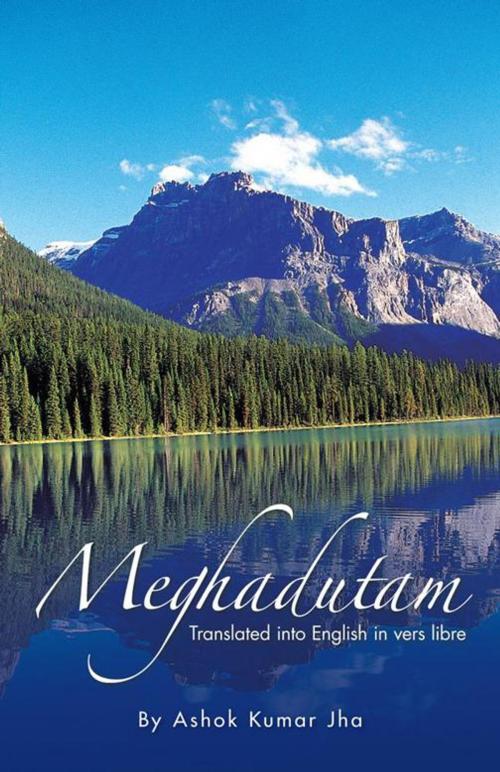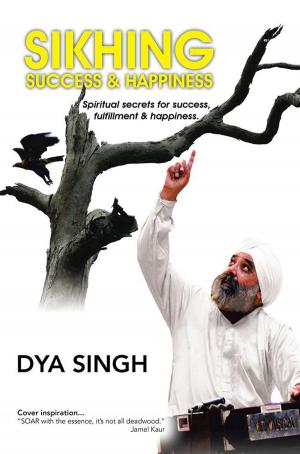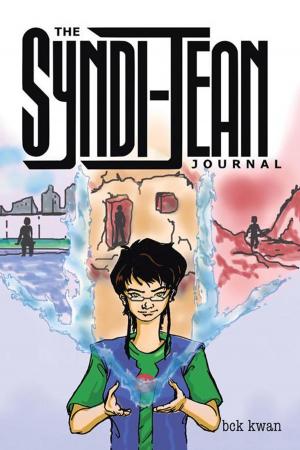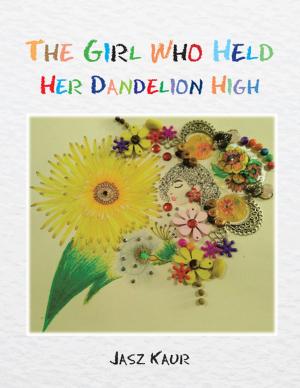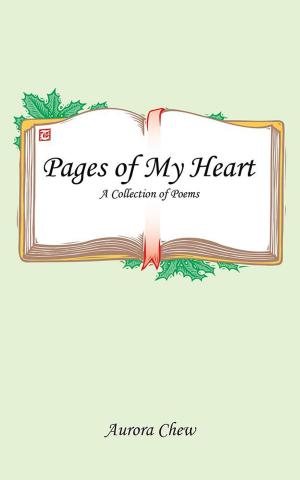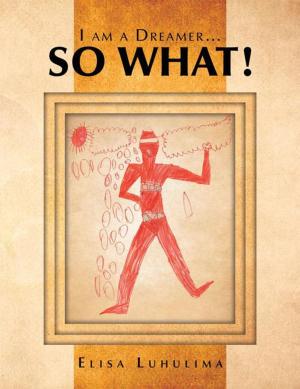| Author: | Ashok Kumar Jha | ISBN: | 9781482894967 |
| Publisher: | Partridge Publishing Singapore | Publication: | July 8, 2013 |
| Imprint: | Partridge Publishing Singapore | Language: | English |
| Author: | Ashok Kumar Jha |
| ISBN: | 9781482894967 |
| Publisher: | Partridge Publishing Singapore |
| Publication: | July 8, 2013 |
| Imprint: | Partridge Publishing Singapore |
| Language: | English |
The Meghaduta of Kalidasa, taken to be a lyrical gem on its discovery in the West, continues to be a classic. Contrary to the opinion in India which lauds this text as the culmination of a poetic use of words for their music in a conventional sense, the poem can now be taken to be a wonderful amalgamation of the use of the hard and the soft words in a use of diction and phraseology. It is, however, in the picturesque quality of his images apprehended in wonderful structural design that the poem comes to achieve its unequalled unity of effect. Born of the compelling impact of a single mood captured variously in both the sections of the poem, this work of art remains distinguished for ever for readers down the ages to the present. As simple prose translations of the poem fail to approximate its effect for obvious reasons, an attempt has been made here to apprehend something of the beauty of the poem in Sanskrit in a translation into English in vers libre. Such an attempt, it is hoped, comes half way to meet the expectations of the modern reader of poetry, who does not know Sanskrit in particular, to lead him to respond to one of the most beautiful poems ever written. It may augment further authentic response to a classic in our study of literature in the global context as well.
The Meghaduta of Kalidasa, taken to be a lyrical gem on its discovery in the West, continues to be a classic. Contrary to the opinion in India which lauds this text as the culmination of a poetic use of words for their music in a conventional sense, the poem can now be taken to be a wonderful amalgamation of the use of the hard and the soft words in a use of diction and phraseology. It is, however, in the picturesque quality of his images apprehended in wonderful structural design that the poem comes to achieve its unequalled unity of effect. Born of the compelling impact of a single mood captured variously in both the sections of the poem, this work of art remains distinguished for ever for readers down the ages to the present. As simple prose translations of the poem fail to approximate its effect for obvious reasons, an attempt has been made here to apprehend something of the beauty of the poem in Sanskrit in a translation into English in vers libre. Such an attempt, it is hoped, comes half way to meet the expectations of the modern reader of poetry, who does not know Sanskrit in particular, to lead him to respond to one of the most beautiful poems ever written. It may augment further authentic response to a classic in our study of literature in the global context as well.
